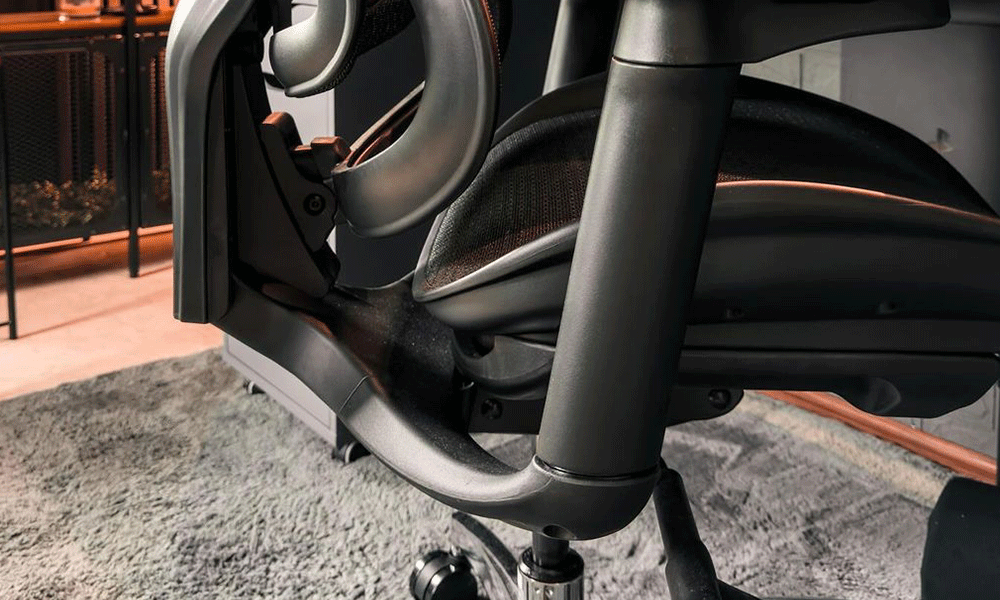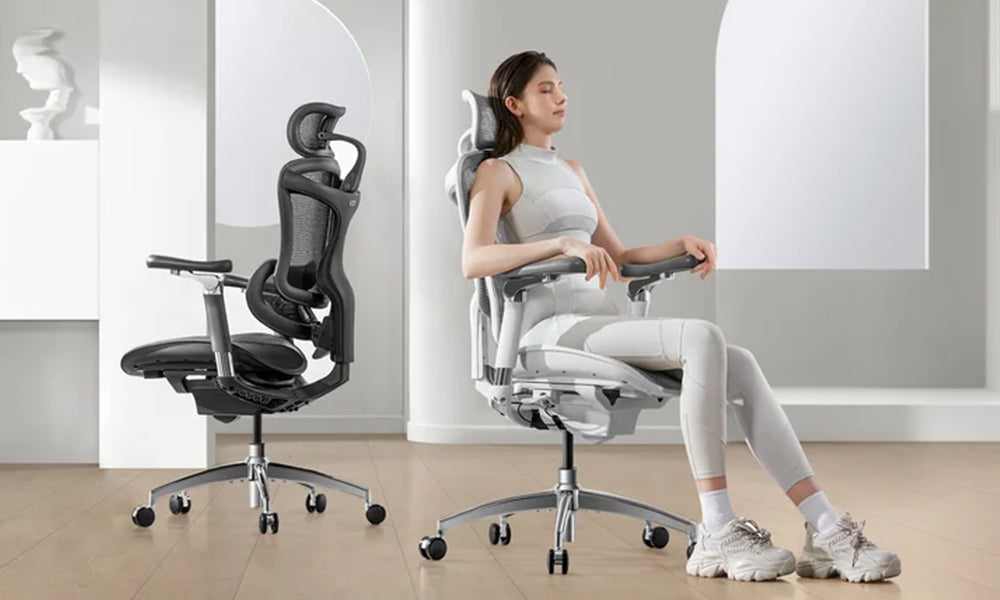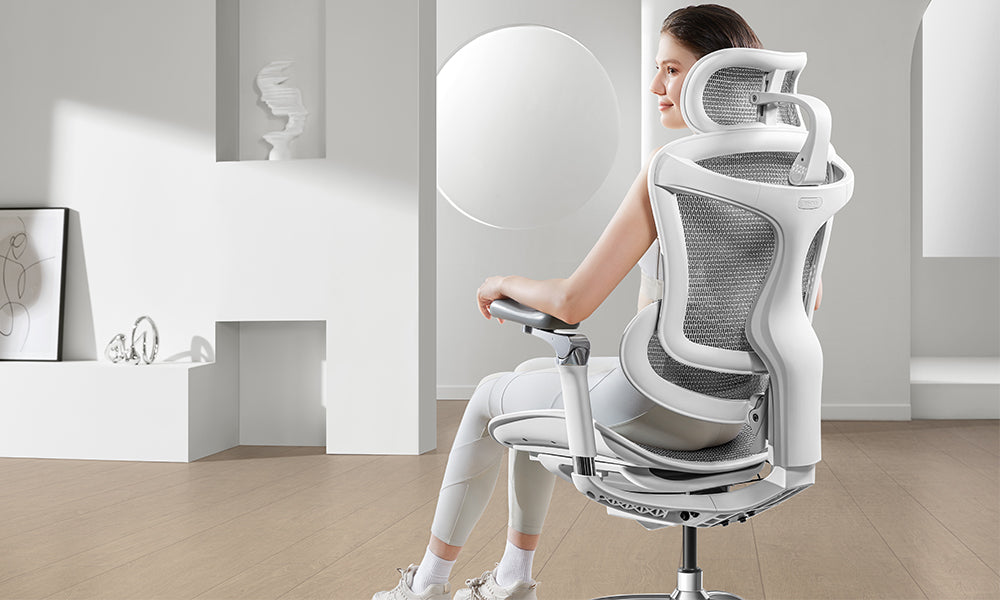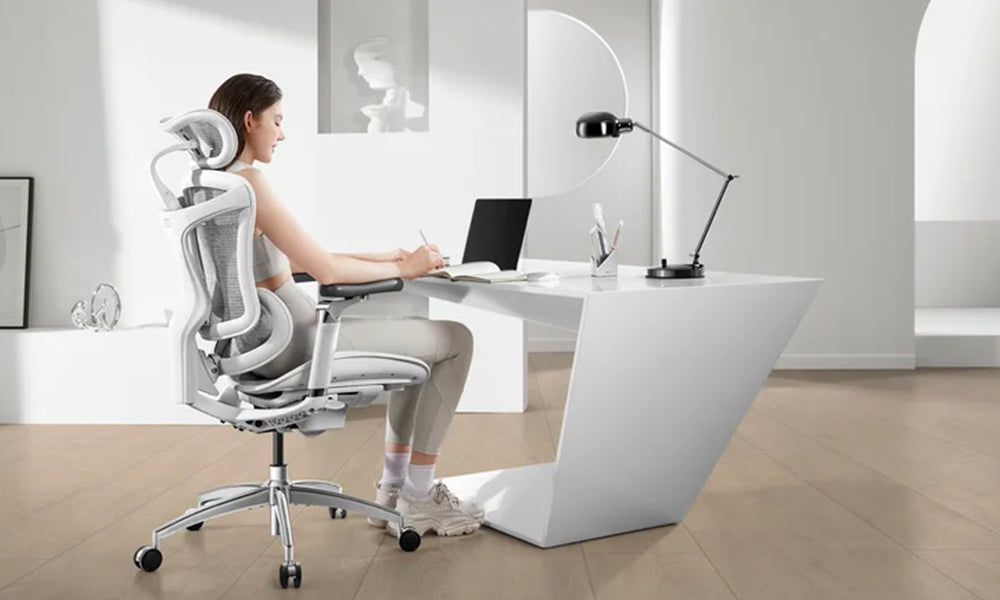Building a workspace that you truly enjoy isn’t just about aesthetics—it’s about creating a space that enhances your productivity, supports your well-being, and makes you feel inspired every time you sit down to work. Whether you’re setting up an office at home, revamping your cubicle, or designing a creative corner for side projects, a functional and comfortable workspace can make all the difference.
Here’s how to build a workspace you’ll love, step by step.
1. Start with the Right Ergonomics
Before diving into design and decor, consider your comfort and health. Sitting for long periods without proper support can lead to back pain, eye strain, and poor posture. When setting up your workspace, prioritize ergonomic furniture and accessories.
Invest in an Ergonomic Chair
A great chair is non-negotiable if you want to work long hours without discomfort. Look for a chair that supports your lower back, has adjustable armrests, and offers seat depth adjustment. Chairs like the Sihoo Doro S300 with customizable lumbar support or the Sihoo Doro C300 Pro with dynamic back support are fantastic options that promote a healthy sitting posture.
Desk Height Matters
Your desk should be at a height that allows you to maintain a neutral wrist position. Your forearms should be parallel to the floor when typing, and your eyes should align with the top third of your screen to avoid neck strain. Standing desks, like the Sihoo D03, offer flexibility if you want to alternate between sitting and standing.
Keyboard and Mouse Position
Your keyboard and mouse should be positioned so your elbows remain at a 90-degree angle when you’re typing or clicking. Use a keyboard tray or a mouse pad with wrist support if needed. Small adjustments to your setup can have a big impact on your comfort.
2. Optimize Lighting for Comfort and Focus
Lighting plays a critical role in creating a workspace that promotes focus and reduces eye strain. The right lighting not only helps you see better but also sets the mood of your workspace.
Natural Light
If possible, place your desk near a window to take advantage of natural light. Daylight boosts mood, enhances energy levels, and helps regulate your circadian rhythm. Just be mindful of glare on your screen, which can strain your eyes.
Task Lighting
A good desk lamp is essential for focused tasks like reading or writing. Look for adjustable desk lamps with soft, warm lighting to reduce eye fatigue. Consider an LED lamp with color temperature settings that let you switch between warm light (for relaxation) and cool light (for focused work).
Ambient Lighting
In addition to your desk lamp, a few soft ambient lights around your workspace can create a cozy atmosphere. Try using string lights, floor lamps, or even a salt lamp for a calming effect.
3. Create an Organized Layout
A cluttered workspace can lead to distractions, stress, and reduced productivity. Keeping your space organized will help you stay focused and make your workspace feel more inviting.
Storage Solutions
Invest in functional storage like filing cabinets, drawer organizers, and floating shelves. Keep items you need regularly within arm’s reach, while storing away things you rarely use. For a minimalist vibe, consider using sleek, closed storage that hides the clutter while keeping everything accessible.
Cable Management
Tangling cords can make your desk look chaotic. Use cable clips or cable organizers to keep everything neat. Consider a wireless charging station for your phone or mouse to further reduce cable clutter.
Personal Touches
While organization is key, don’t forget to add some personal items that make the space feel like your own. A few framed photos, plants, or artwork can create a sense of ownership and comfort. A stylish mug, a favorite book, or a unique trinket can also add personality without creating clutter.
4. Design for Your Work Style
Think about your work habits and preferences when designing your workspace. Different tasks may require different environments, and customizing your space for your workflow will help you stay productive and inspired.
For Creative Work
If you’re a designer, writer, or artist, incorporate tools that support your creative process. A large desk can give you space to spread out papers, sketchbooks, or devices. Add plenty of storage for supplies, and a pinboard or corkboard can help you visualize ideas. A comfortable chair with extra lumbar support will ensure you can stay in your creative zone for hours.
For Desk Work
If your work is more desk-bound, such as customer service, coding, or project management, you might prefer a clean, clutter-free desk with a simple monitor setup. Invest in a high-quality monitor (or dual monitors) to make multitasking easier. A solid mouse and keyboard combo can reduce strain during long typing sessions.
For Collaboration
If you frequently collaborate with others, make sure your workspace fosters communication. A round or large desk is ideal for meetings, and if possible, choose furniture that’s easy to rearrange. Whiteboards, chalkboards, or even sticky notes can help organize thoughts and plans when brainstorming with teammates.
5. Incorporate Color and Aesthetics
The colors you choose for your workspace can have a profound effect on your mood and productivity. Different shades evoke different emotions, so consider the atmosphere you want to create.
Blue promotes calmness and focus, making it great for productivity-driven spaces.
Yellow sparks creativity and positivity, which is perfect for brainstorming or artistic endeavors.
Green is restful and soothing, ideal for those who need a peaceful, stress-free space.
Red can energize and stimulate action, but be careful—too much red can be overwhelming.
Add some greenery to your space as well. Plants not only improve air quality, but they also add a refreshing touch to any room. Low-maintenance plants like succulents or snake plants can thrive with minimal care.
6. Embrace Technology to Streamline Your Work
Your workspace should be equipped with the tools and technology that help you work efficiently. From the right software to the latest gadgets, tech can make your day easier and more productive.
Monitors and Displays
Consider investing in an extra-large monitor or a dual-monitor setup to boost productivity and reduce the need for constant switching between tabs. You can also get a portable monitor for a flexible, on-the-go workspace.
Ergonomic Accessories
Beyond a great chair and desk, ergonomic accessories like a laptop stand or footrest can further reduce strain on your body and improve posture. Consider a document holder to keep papers at eye level and reduce neck strain.
Smart Tools
If you find yourself frequently distracted, apps like Forest or Trello can help you stay on track. Noise-canceling headphones are another great addition to keep you focused, especially if you work in a busy environment.
7. Don’t Forget About Breaks
Lastly, make sure to design your workspace in a way that encourages breaks. Sitting for long periods can cause fatigue and reduce productivity. Take advantage of your ergonomic chair’s reclining feature, and don’t hesitate to stand up, stretch, or go for a walk. Your workspace should support a healthy work-life balance, so consider including a cozy corner for reading or relaxing during breaks.
Final Thoughts
Building a workspace you’ll love isn’t about perfection—it’s about creating an environment that suits your needs and helps you thrive. Focus on comfort, organization, and personal touches that inspire you. Whether you work from home, in an office, or a combination of both, making a few thoughtful changes to your workspace can improve your productivity, creativity, and overall well-being.
Happy workspace building!



